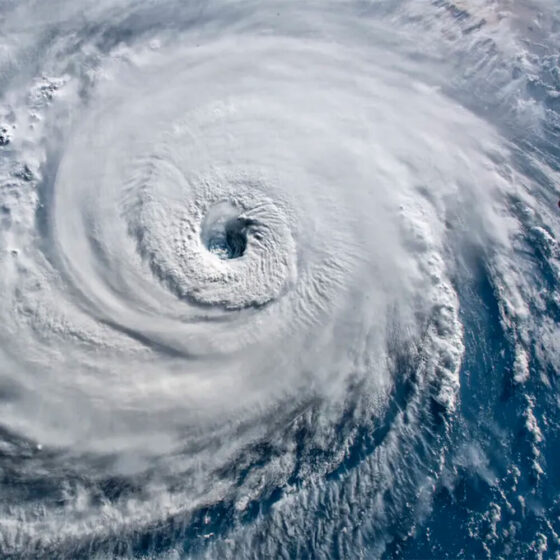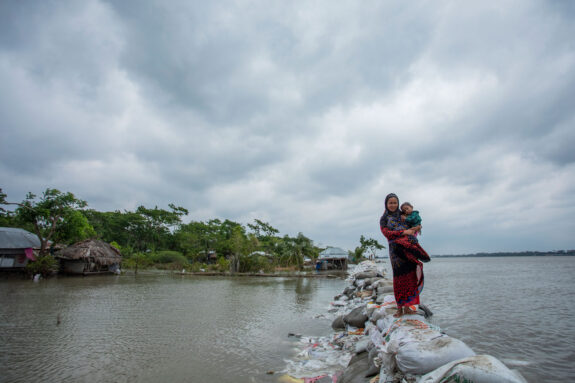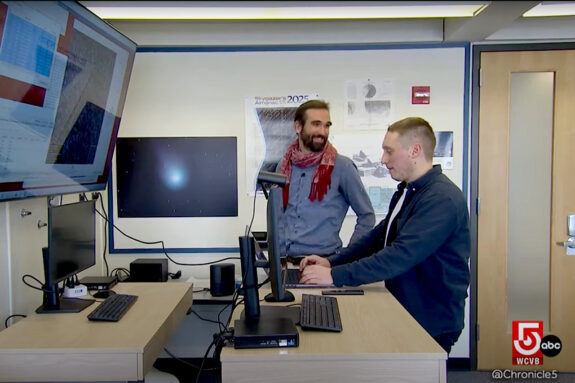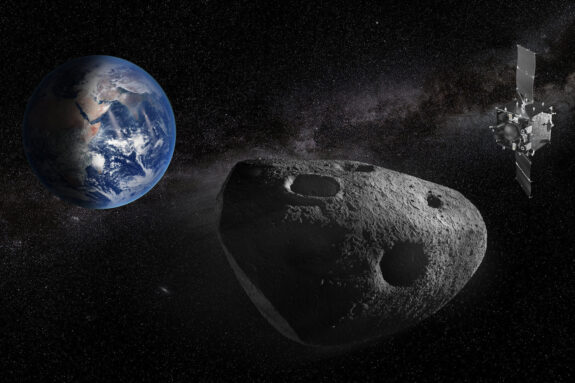Natural Hazards
- Earthquakes
- Landslides
- Tropical Cyclones + Extreme Weather
- Volcanoes
- Wildfire
- Quantifying Hazard + Risk Assessment
- Flooding + Sea Level Rise

Questions That Drive Us
Can we predict earthquakes? Or landslides? What is the relationship between climate and extreme weather events? Are tropical cyclones becoming more frequent? Are wildfires becoming more intense? How much do retreating glaciers contribute to sea level rise? How do we quantify natural hazard and risk? Can we help engineers and communities mitigate and adapt?
The Work We Do
We depend on Earth to sustain us. Earth has evolved to provide everything that allows modern human life to flourish, from the vital water we require to drink and grow our food; to the minerals that build everything from buildings and batteries; to the energy that powers industry and the everyday. But our dynamic planet also unleashes natural disasters which reshape the landscape and threaten communities. Our curiosity-driven work provides the underpinning for practical solutions to key societal issues—like coastal mitigation strategies for storm surge and sunny day flooding, or the engineering of structures to withstand earthquakes and hurricanes.
Investigating the threats posed by natural hazards requires novel, interdisciplinary collaborations. Geologists team with atmospheric scientists to predict landslide patterns using soil depth, root strength, and changing precipitation trends. Satellite-based radar tools and GPS sensors help geophysicists track everything from volcanoes to ice sheets, and even marine oil spills and wildfires. And while global warming cranks up the intensity of heat waves, droughts, and extreme rainfall events, climate scientists and experts in machine learning are building next-generation models and tools to help policymakers, engineers, and partners in industry assess the risks on a local scale, allowing communities to make informed decisions to protect their future.


